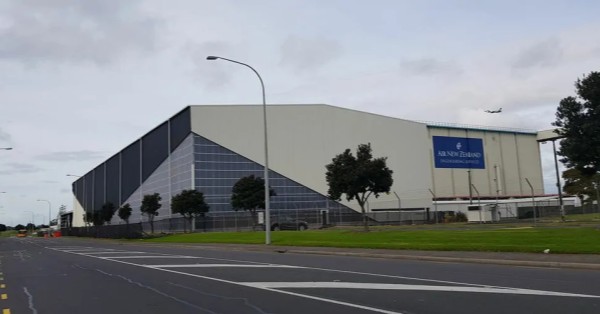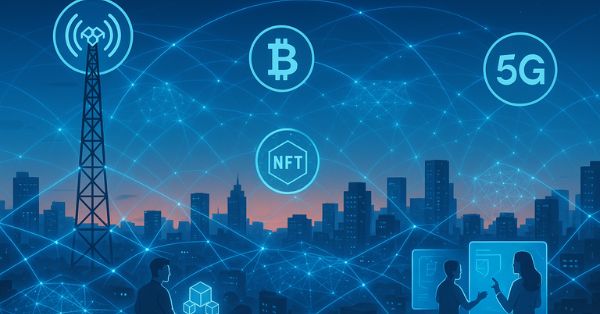Overview of a use case for quickly transmitting large imaging files
AT&T and Austin Cancer Center, are leveraging 5G for quickly transmitting large imaging files.
MRI, CAT, or PET scans and other image machines are typically very large files, and often must be sent to a specialist for review. When the network is low on bandwidth, the transmission can take a long time or not send successfully. This means the patient waits even longer for treatment and providers can see fewer patients in the same amount of time.
Adding a high-speed 5G network to existing architectures can help quickly and reliably transport huge data files of medical imagery, which can improve both access to care and the quality of care.
At the Austin Cancer Center, the PET scanner generates extremely large files — up to 1 gigabyte of information per patient per study. “To get that much data from one side of the town to another, you’ve got to have the network performance to handle it,” says Jason Lindgren, CIO of Austin Cancer Center. “We used to have to send the files after hours. Now as soon as the patient leaves the scanner, the study is already on its way. It’s beneficial to doctors because they can get the results that they need quicker.”
RELATED: How 5G is transforming the healthcare industry?
Communication service provider for 5G connectivity
AT&T provided the 5G mobility network for quickly transmitting large imaging files.
About – AT&T helps family, friends, and neighbors connect in meaningful ways every day. From the first phone call 140+ years ago to mobile video streaming, they innovate to improve lives. They have the best network according to America’s biggest test.They are building FirstNet just for first responders and creating next-generation mobile 5G. With DIRECTV and DIRECTV NOW, they deliver entertainment people love to talk about. Their smart, highly secure solutions serve over 3 million global businesses – nearly all of the Fortune 1000. And worldwide, their spirit of service drives employees to give back to their communities.
Healthcare partner – Austin Cancer Center
About – Austin Cancer Center is committed to providing the highest quality cancer care, with services designed to support better physical and mental outcomes for patients, professional and financial growth for its practice, and a reputation for responsibility and excellence. The center uses state-of-the-art technology and practices to create an environment of support, compassion, and respect for patients and their families.
Benefits of quickly transmitting large image files
A faster way for healthcare teams to share large digital patient files enables
- Faster diagnosis and treatment
- Improved business processes
- Reduced network costs
“To get that much data from one side of the town to another, you’ve got to have the network performance to handle it,” says Jason Lindgren, CIO of Austin Cancer Center. “We used to have to send the files after hours. Now as soon as the patient leaves the scanner, the study is already on its way. It’s beneficial to doctors because they can get the results that they need quicker.”





























